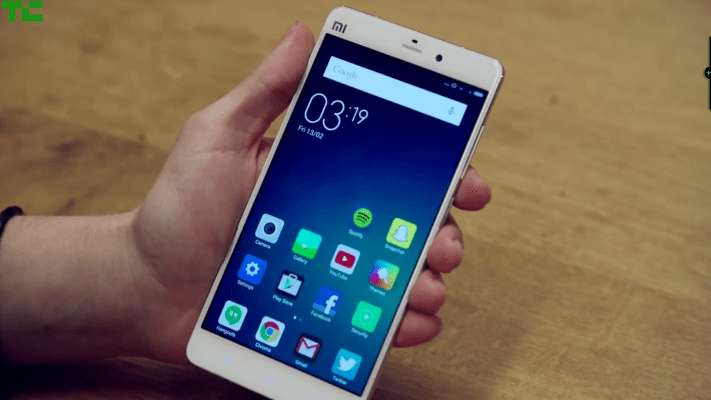Chinese smartphone giant Xiaomi could make its debut in the U.S. as soon as this year, according to its CEO.
Lei Jun, the serial entrepreneur who leads the phone maker, told the Wall Street Journal that the company — which is being linked with an IPO this year — plans to finally begin selling phones Stateside within the next twelve months.
“We’ve always been considering entering the U.S. market. We plan to start entering the market by end 2018, or by early 2019,” Lei told the paper on the sidelines of the annual session of China’s legislature.
The comments are the clearest indication to date of Xiaomi’s intention to compete in the North American market.
The company started out in China, and it has expanded its sales into Asia, Africa and parts of Europe. Its expansion into India, where it recently beat Samsung to the top sales spot, has been its most successful overseas foray. Xiaomi overcame a sales dip in 2016, when Lei Jun himself admitted that it had grown too fast, to enjoy a return to success in 2017.
That’s given the company the moment to go public, and Xiaomi is reported to be looking at an IPO in the second half of this year that would value it at as much as $100 billion. All without ever touching the U.S. market.
Xiaomi began selling accessories in America and other Western markets a few years ago, but so far it hasn’t introduced its phones, which are noted for offering high-performance at just a fraction of the cost of flagship devices from Apple, Samsung and others. Its top-selling Redmi range, for example, starts at around $150 and include phablet versions, while the higher-end Mi family is priced upwards of $300.
While it focused on affordable price points, Xiaomi is one of a handful of phone companies that offers a custom chipset for more power and a better experience.
TechCrunch understands that Xiaomi has invested considerably in building a patent war chest — including high-profile deals with Microsoft and Nokia — to ensure that it is ready for the U.S. from a legal perspective. The sale of its accessories has also allowed it to begin brokering partnerships with retailers, but it is not clear what progress it has made with carriers, who represent a critical distribution partner for OEMs looking to reach high volumes in the U.S..
